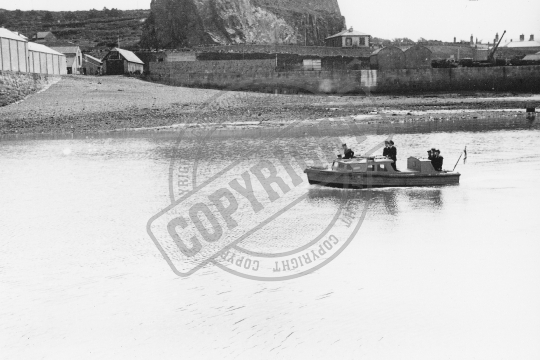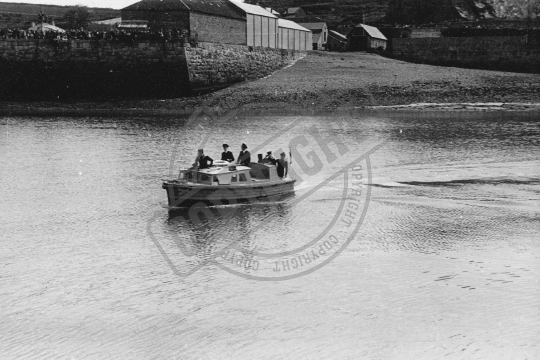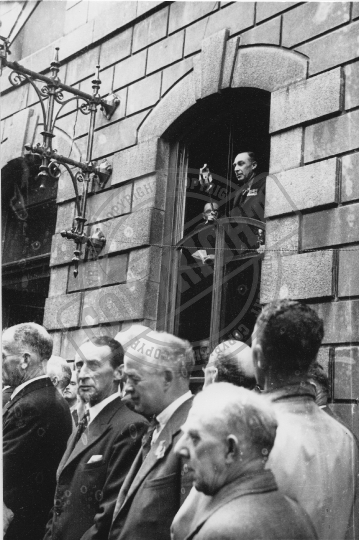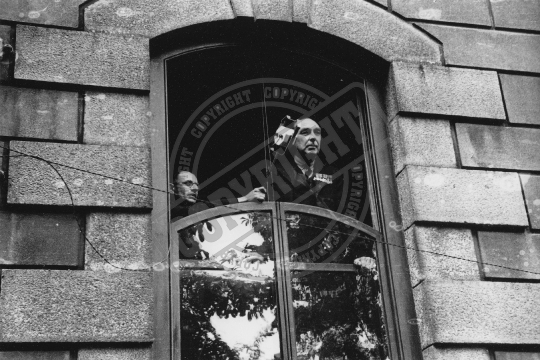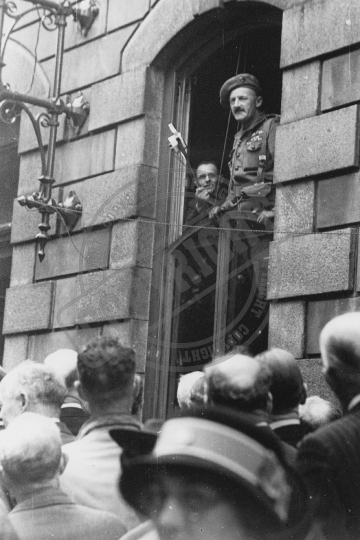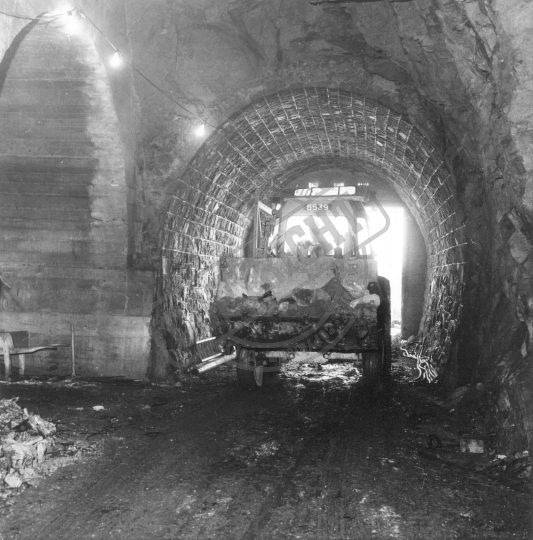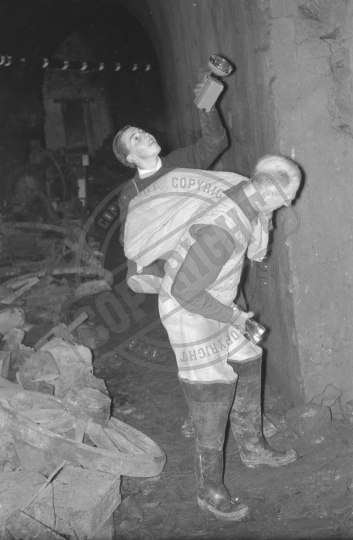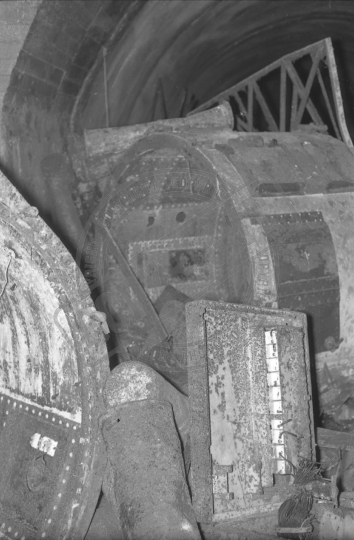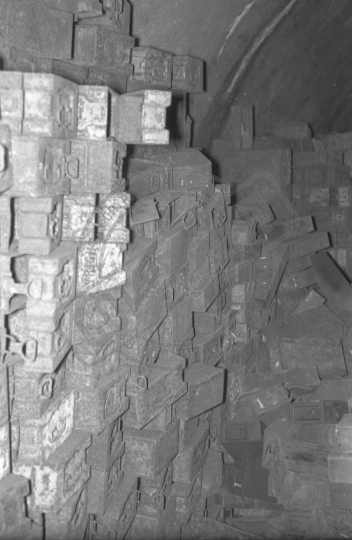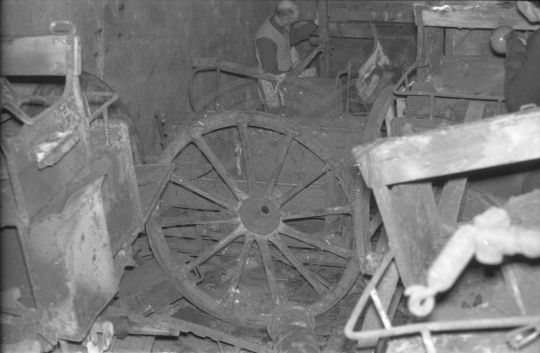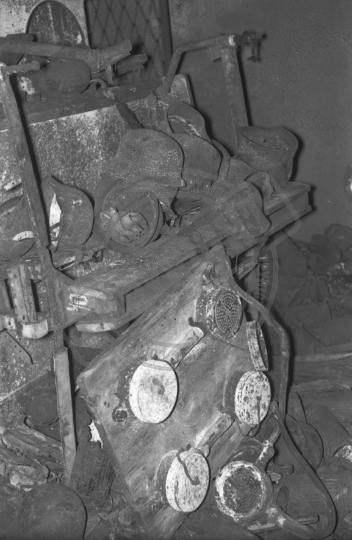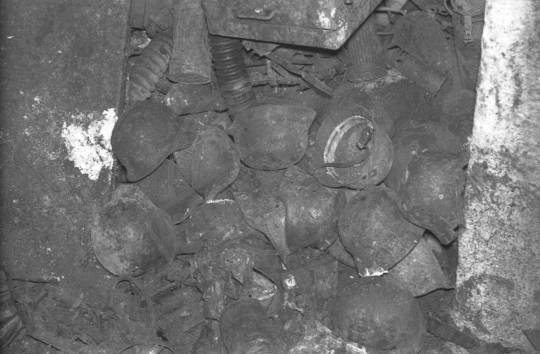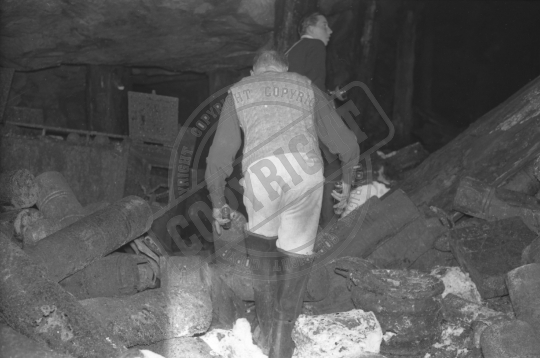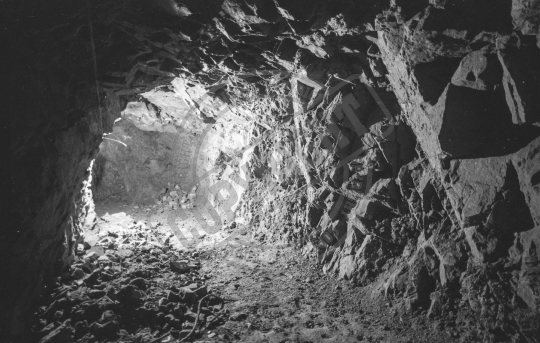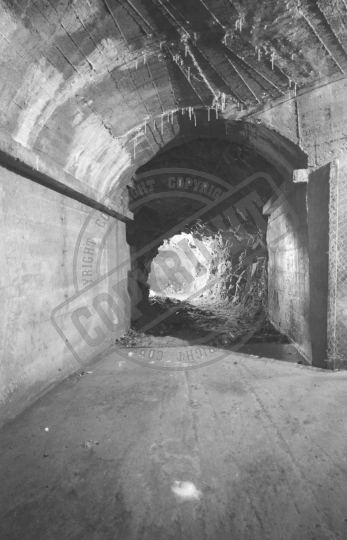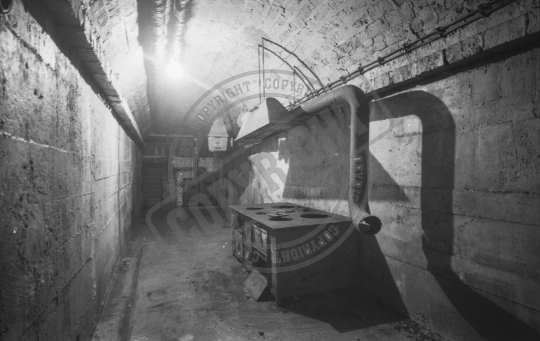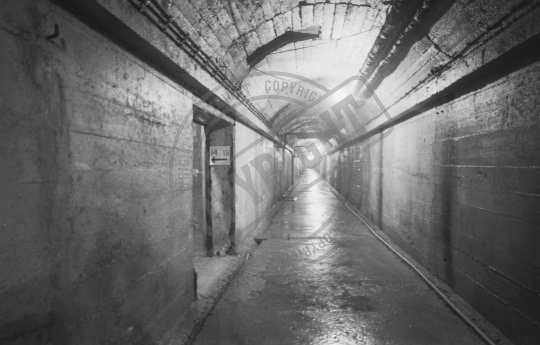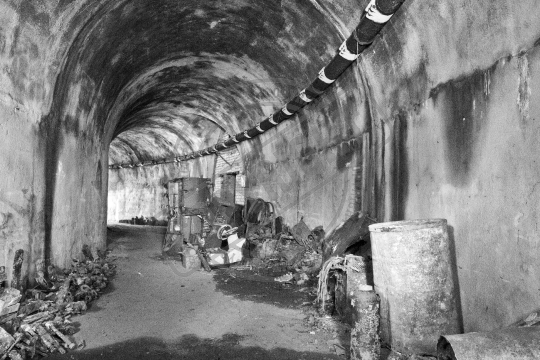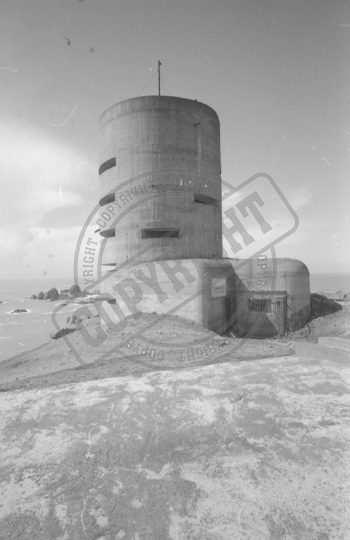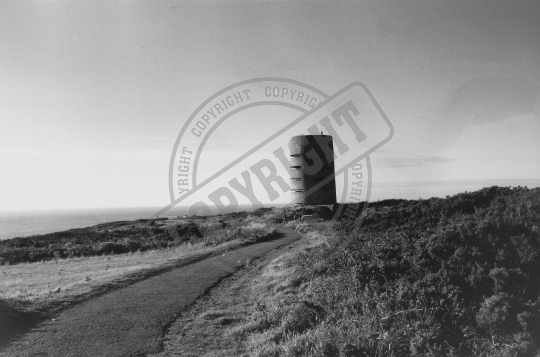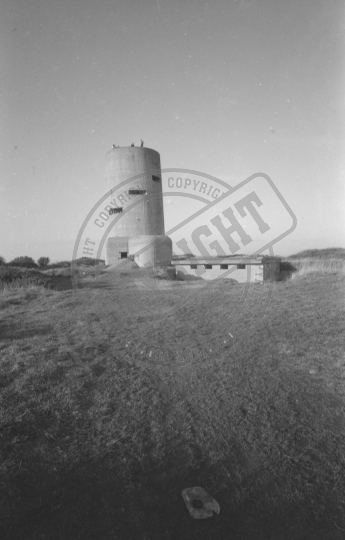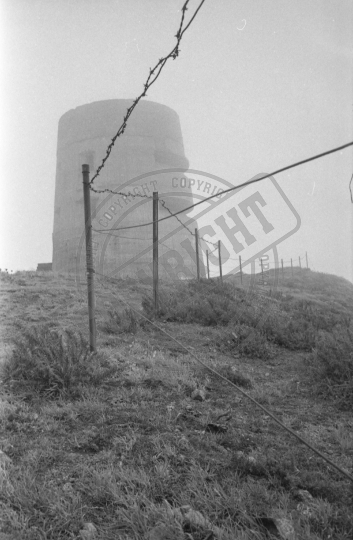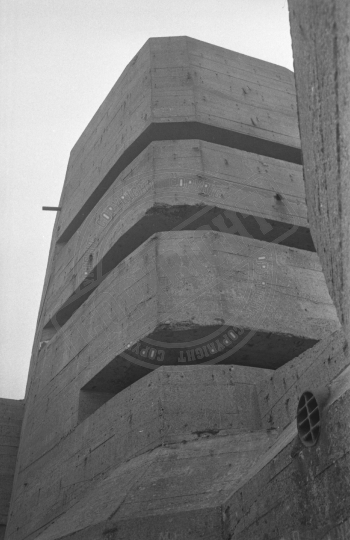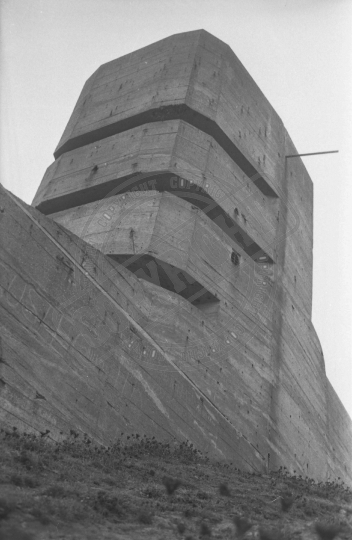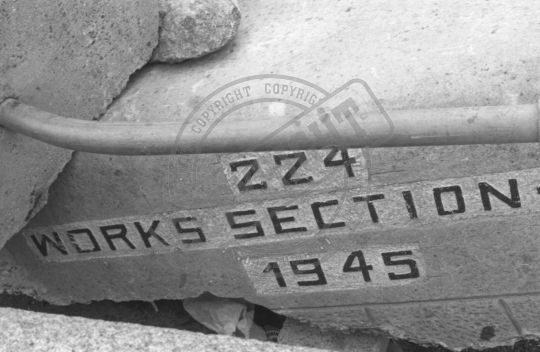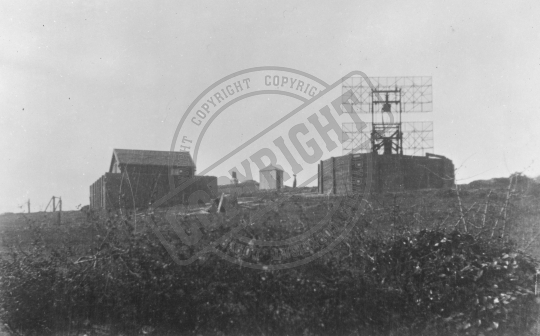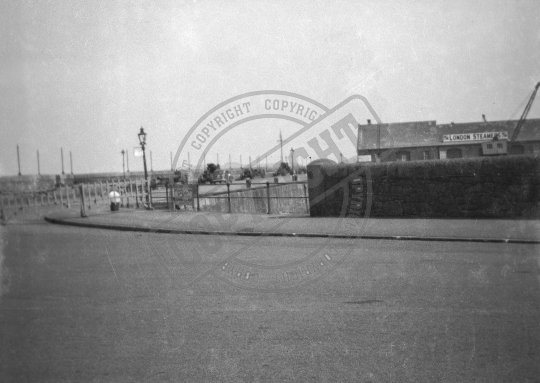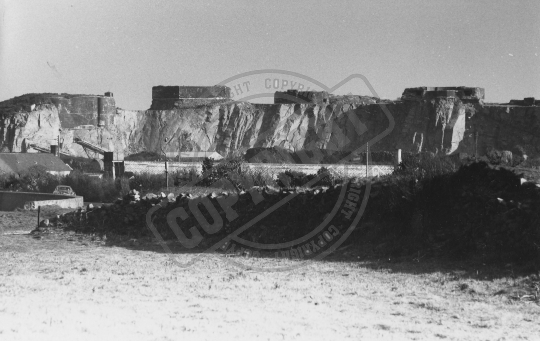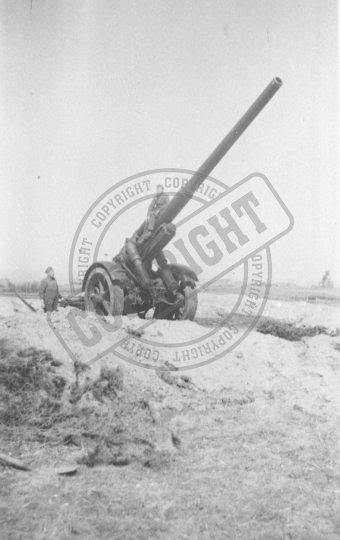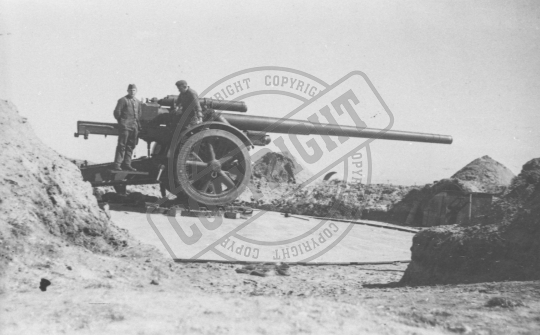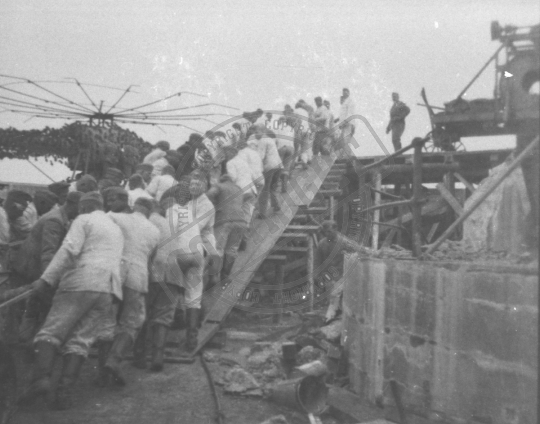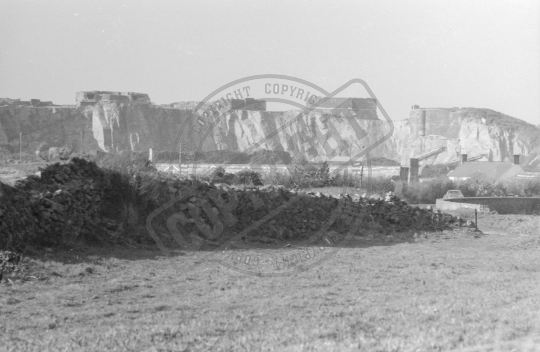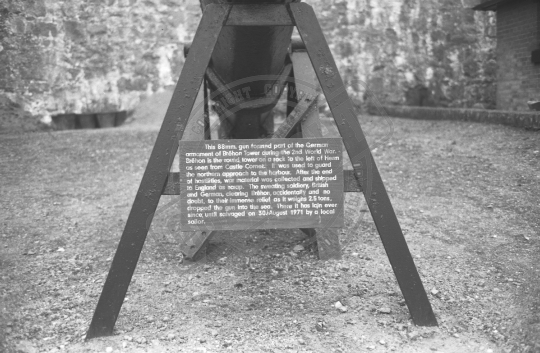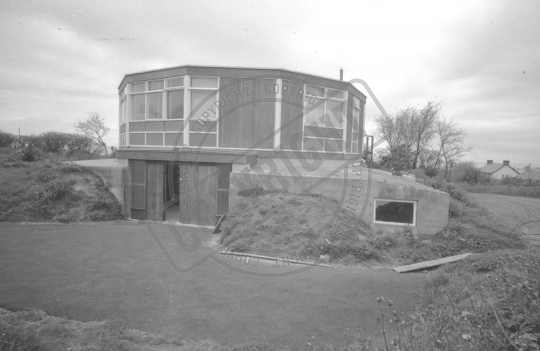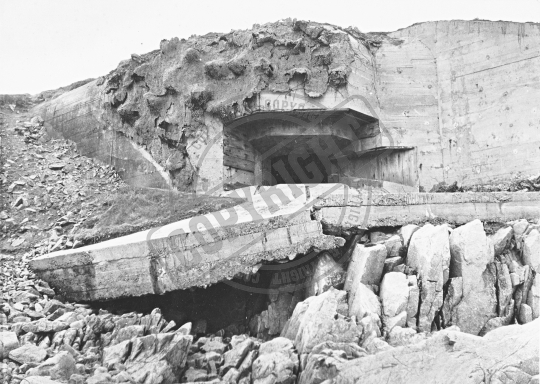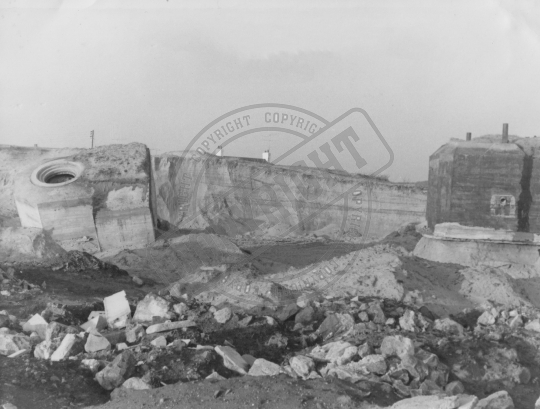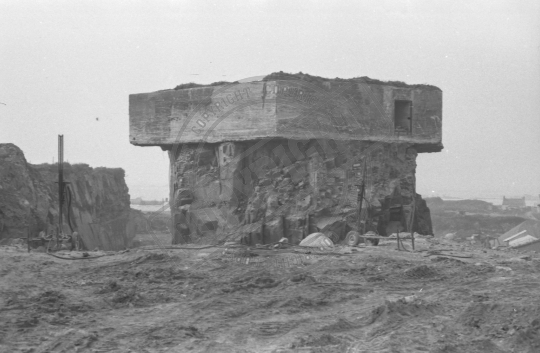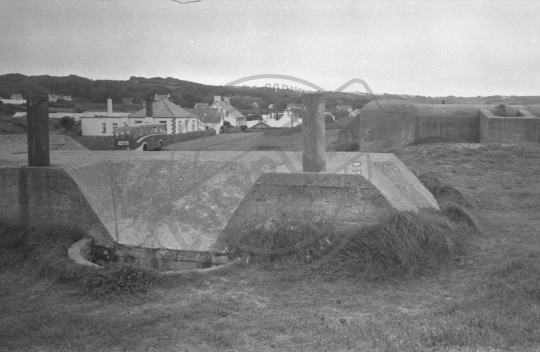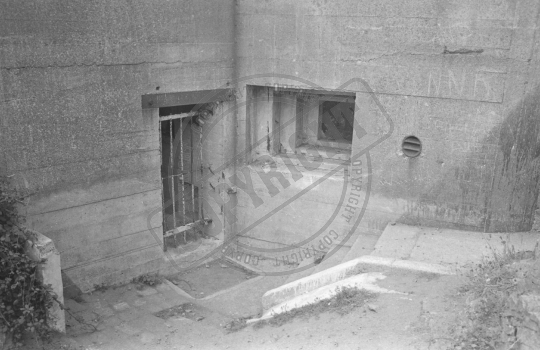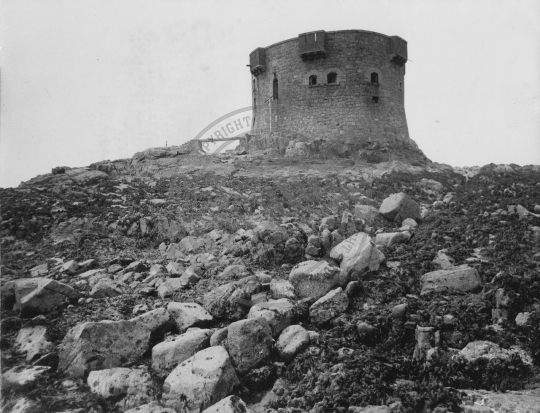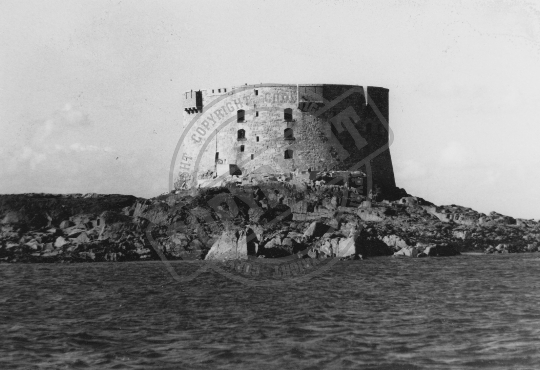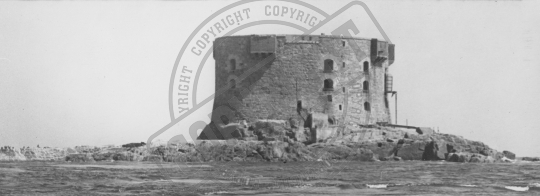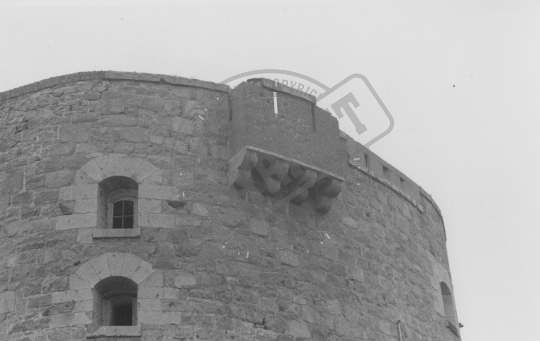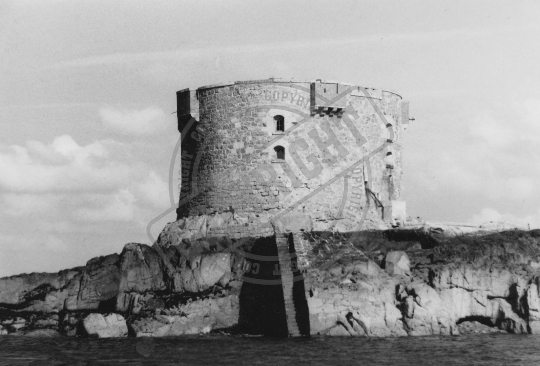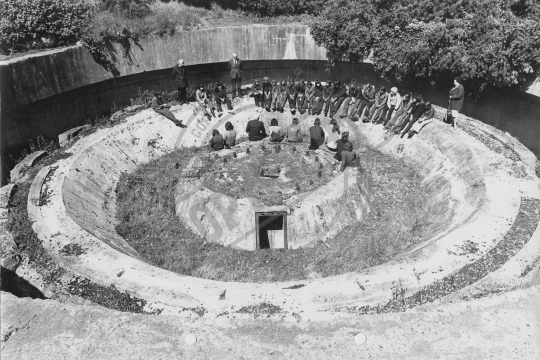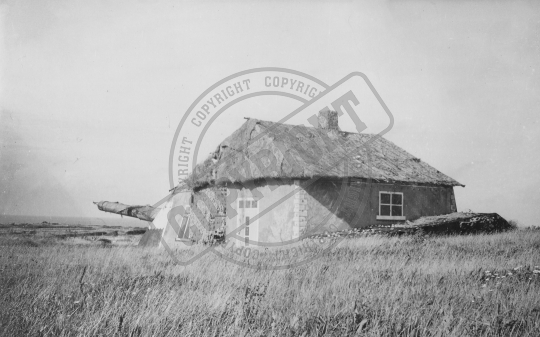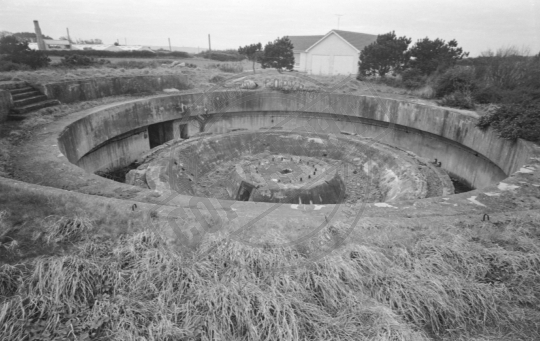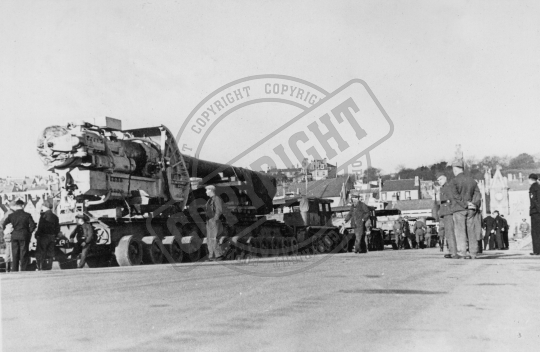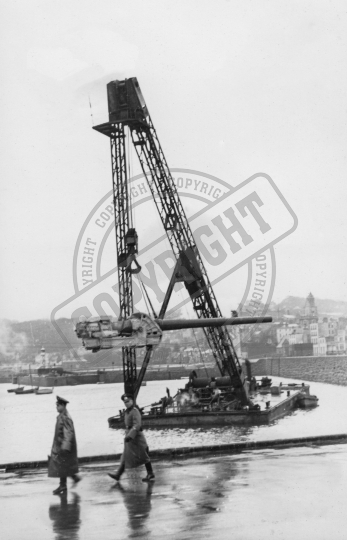Results (222)
CIMM_0012
The crew of HMS Beagle’s launch make ready to land, and the first Liberators stepped ashore at the end of the Albert Pier, St Helier Harbour, Jersey, on Wednesday morning, 9th May, 1945. The two officers on board were Surgeon-Lieutenant Ronald McDonald, RNVR, and Sub-Lieutenant David Milln, RN.
CIMM_0011
The crew of HMS Beagle’s launch make ready to land, and the first Liberators stepped ashore at the end of the Albert Pier, St Helier Harbour, Jersey, on Wednesday morning, 9th May, 1945. The two officers on board were Surgeon-Lieutenant Ronald McDonald, RNVR, and Sub-Lieutenant David Milln, RN.
CIMM_0009
Addresses to the crowd, from a window of the States Buildings. Many people had gathered in the Royal Square, St Helier, Jersey, for the Hoisting of the Flag Ceremony, on Thursday 10th May, 1945.
CIMM_0008
Addresses to the crowd, from a window of the States Buildings. Many people had gathered in the Royal Square, St Helier, Jersey, for the Hoisting of the Flag Ceremony, on Thursday 10th May, 1945.
CIMM_0005
Lieutenant-Colonel William Robinson, MC, RA, Island commander Jersey, addresses the crowd, from a window of the States Buildings, who had gathered in the Royal Square, St Helier, Jersey, for the Hoisting of the Flag Ceremony, on Thursday 10th May, 1945.
TPL_00369
The German tunnel complex Ho.8 at La Valette was eventually cleaned out entirely in the early 1960’s prior to its conversion into an aquarium.
TPL_00352
St Saviour`s tunnel which is featured in many publications as 'The tunnel under the church’ is one of the largest German tunnel complexes in Guernsey. This tunnel was originally constructed as a ration store and in 1944 it was converted into a munitions store. On 9th May 1969 Richard Heaume and John Hayes explored the remains of the tunnel and its contents which had captured the interest of many collectors ever since the scrap men had left in the 1950’s.
TPL_00350
St Saviour`s tunnel which is featured in many publications as 'The tunnel under the church’ is one of the largest German tunnel complexes in Guernsey. This tunnel was originally constructed as a ration store and in 1944 it was converted into a munitions store. On 9th May 1969 Richard Heaume and John Hayes explored the remains of the tunnel and its contents which had captured the interest of many collectors ever since the scrap men had left in the 1950’s.
TPL_00346
St Saviour`s tunnel which is featured in many publications as 'The tunnel under the church’ is one of the largest German tunnel complexes in Guernsey. This tunnel was originally constructed as a ration store and in 1944 it was converted into a munitions store. On 9th May 1969 Richard Heaume and John Hayes explored the remains of the tunnel and its contents which had captured the interest of many collectors ever since the scrap men had left in the 1950’s.
TPL_00344
St Saviour`s tunnel which is featured in many publications as 'The tunnel under the church’ is one of the largest German tunnel complexes in Guernsey. This tunnel was originally constructed as a ration store and in 1944 it was converted into a munitions store. On 9th May 1969 Richard Heaume and John Hayes explored the remains of the tunnel and its contents which had captured the interest of many collectors ever since the scrap men had left in the 1950’s.
TPL_00340
St Saviour`s tunnel which is featured in many publications as 'The tunnel under the church’ is one of the largest German tunnel complexes in Guernsey. This tunnel was originally constructed as a ration store and in 1944 it was converted into a munitions store. On 9th May 1969 Richard Heaume and John Hayes explored the remains of the tunnel and its contents which had captured the interest of many collectors ever since the scrap men had left in the 1950’s.
TPL_00339
St Saviour`s tunnel which is featured in many publications as 'The tunnel under the church’ is one of the largest German tunnel complexes in Guernsey. This tunnel was originally constructed as a ration store and in 1944 it was converted into a munitions store. On 9th May 1969 Richard Heaume and John Hayes explored the remains of the tunnel and its contents which had captured the interest of many collectors ever since the scrap men had left in the 1950’s.
TPL_00332
St Saviour`s tunnel which is featured in many publications as 'The tunnel under the church’ is one of the largest German tunnel complexes in Guernsey. This tunnel was originally constructed as a ration store and in 1944 it was converted into a munitions store. On 9th May 1969 Richard Heaume and John Hayes explored the remains of the tunnel and its contents which had captured the interest of many collectors ever since the scrap men had left in the 1950’s.
TPL_00154
Post war photograph inside the large tunnel complex known as the German Underground Hospital in St Andrews showing the unlined section of the tunnel.
TPL_00153
Post war photograph inside the large tunnel complex known as the German Underground Hospital in St Andrews. This section shows the lined to unlined junction of the tunnel.
TPL_00152
Post war photograph inside the large tunnel complex known as the German Underground Hospital in St Andrews. The stove and heating equipment can be seen.
TPL_00151
Post war photograph inside the large tunnel complex known as the German Underground Hospital in St Andrews.
SP_0012
During the Occupation the German forces excavated numerous tunnels in Guernsey, these were used for various purposes and many still survive today. This tunnel known as 'the tunnel under the church’ has some original equipment remaining. Note the base of the Würzburg radar on the left of the brick entrance.
TPL_00371
Post war photograph of the direction finding tower MP2 at La Corbiere, Jersey. The tower was constructed in reinforced concrete and camouflaged to look like it was constructed in stonework in an effort to resemble one of the many Napoleonic period towers that were sited around Jersey.
TPL_00140
Post war photograph of naval direction finding tower MP1 at Chouet which fell into the quarry in 1991.
TPL_00138
Post war photograph of Army direction finding tower M5 at Le Prevote. The structure was cladded externally with granite sets during the war which has since been removed leaving the bare concrete of the structure exposed.
TPL_00084
Section of concrete inscribed by the British Army with '224 Works Section RE 1945' located at St Peter Port harbour. Note RE is an abbreviation for Royal Engineers.
TPL_00082
German Freya radar installation near the entrance to Fort George, St Peter Port manned by the Luftwaffe.
TPL_00379
The arrival of a 22cm gun battery at the White Rock, St Peter Port ready for transportation to the gun site. The guns could be disassembled into several lighter loads to facilitate movement if heavy tractors were unavailable. Note the anti-landing poles on the granite wall to prevent enemy landings.
TPL_00134
Post war photograph showing several structures of Batterie Steinbruch prior to their removal during the quarry expansion at Les Vardes, St Sampson.
TPL_00131
German naval personnel man-handling a 17cm artillery piece into position at Fort Albert, Alderney.
TPL_00130
Post war photograph showing several structures of Batterie Steinbruch prior to their removal during the quarry expansion at Les Vardes, St Sampson.
TPL_00129
Barrel recovered from Brehon Tower, note that the sign suggests that it is a 88mm gun but is in fact a 10.5cm K331(f) gun.
TPL_00124
The remains of the original camouflage were still visible here on a post war photograph of the 10.5cm K331(f) bunker at Fort Hommet.
TPL_00123
Post war photograph of a mortar position and a personnel bunker which were eventually buried in the sand dunes at L`Eree located between the two car parks. Messrs J&D Norman Ltd had a concession from the States of Guernsey for the removal of sand in the area.
TPL_00120
Post war photograph showing one of the structures of Batterie Steinbruch prior to its removal during the quarry expansion at Les Vardes, St Sampson.
TPL_00114
Post war photograph of a reinforced field order (RFO) personnel bunker which forms part of the defences at Rocquaine, St Peters.
TPL_00087
Post war photograph of Brehon Tower which housed two 2cm Flakvierling anti-aircraft guns on the roof, each weapon comprised of four barrels per gun. The tower also housed a 10.5cm K331(f) gun facing north.
TPL_00107
Batterie Mirus, the largest German installation in the Channel Islands housed four 30.5cm naval guns, this example shows that the Germans camouflaged the structure to look like a cottage.
CIMM_0023
With the Mirus barrel loaded on to a 48-wheel trailer the convoy of halftracks is preparing to leave the Cambridge berth and head across the island to the construction site. Batterie Mirus was the largest German installation in the Channel Islands and housed four 30.5cm naval guns.
CIMM_0022
The floating crane Antee lifts the huge barrel of Batterie Mirus at the Cambridge berth in St Peter Port. Batterie Mirus was the largest German installation in the Channel Islands and housed four 30.5cm naval guns.



